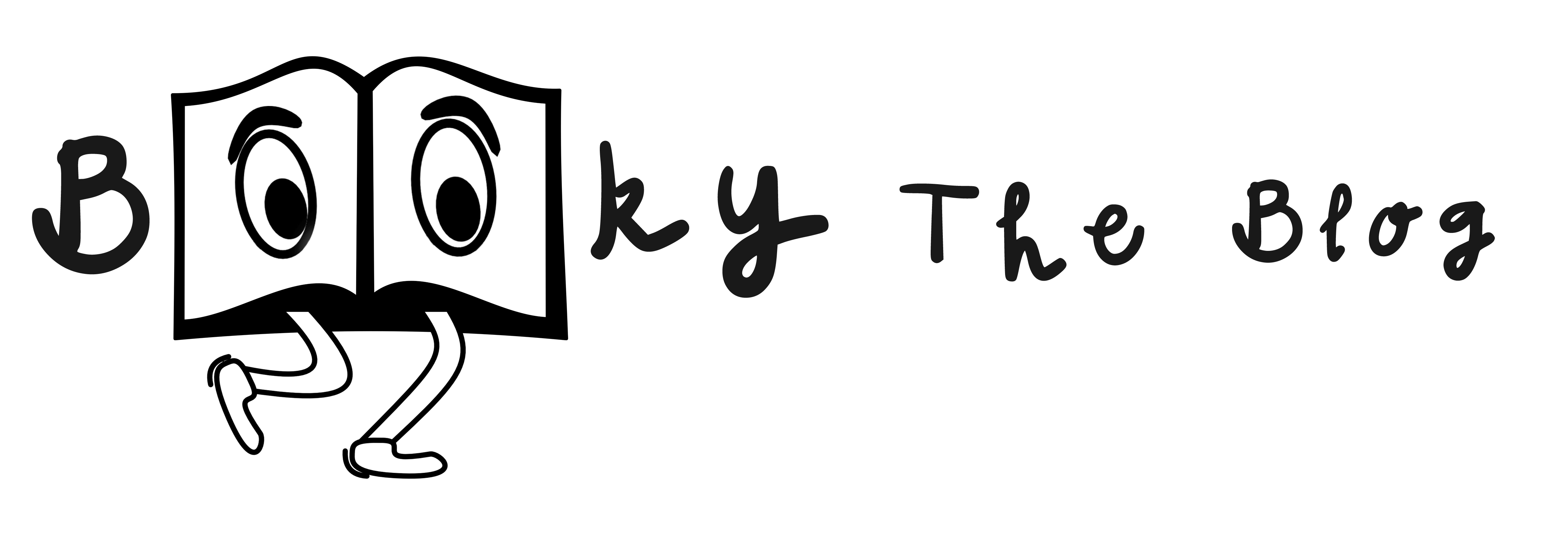How to identify your target audience?

One of the most difficult questions for an author is figuring out ‘who is my target audience?’ But how to identify your target audience?
It might be surprising to discover that, whatever we might think, our book is not for everyone. To maximize our chances of selling, we have to identify our target audience. One of the biggest mistakes authors can make is believing that the larger the potential market, the greater the chances for getting noticed. Quite the opposite, as the larger the market, the more competition you have to face.
What should you do?
Understand the need, wants and desires of those few that are really likely to buy your book. Finding and narrowing your niche will help you to reach–and appeal to–more of the people that will ultimately buy your book. But be careful! Do your research well to find the best audience. If you narrow it too much, selling your book will become unprofitable!
The key is to identify and research what your true target audience wants, recognize the unique and meaningful aspects of what you have to offer, and align the two to benefit your ideal reader in an exceptional way.
A mistake many authors do is that they don’t define their target audience before writing the book. It might seem overwhelming and limiting, but in fact can make things easier for you. Knowing for whom you’re writing can clear things up and motivate you to actually finish your book. .
Why is it important?
- If you want to get an agent or a publisher, get ready for the question about your target audience. They will want to know how you plan to connect with them, so be prepared!
- Knowing to whom you should talk, you stop wasting your time and money promoting to people, who are clearly not interested in your topic or genre.
- Don’t assume you already know your audience, or that they are just like you. It’s possible, but not always the case that your audience will think like you. So do the work to confirm what your readers actually want; not what you think they need.
The goal is to segment a broad market into smaller, distinct groups of individuals who are like-minded or share specific characteristics, behaviors and needs.
What should you do?
1. What types and/or groups of people the content of the book would interest?
Is it a family book? A science fiction? Will it be interesting for history fans? For example, if your hero is a former Marine, military personnel might be interested in your book.
2. Identify other books that are comparable to your book and look at the profiles of those books’ main buyers/readers.
The target audience isn’t always who the book was written for, but rather, who it ends up appealing to. For example the Twilight saga was written for teenagers, but middle-age female readers also found it interesting.
3. What is special about your book?
What is your hook? For example, Is your book a mystery? If so, is it more Murder She Wrote or Silence of the Lambs? Is it more light-hearted or scary?
4. What are the answers to these questions?
a) Geographic
- Where do your potential readers live (now, previously)? Country, region? What language is spoken?
- What is the climate like? The seasons?
b) Demographic
- What is the age, sex, race or ethnicity of your readers?
- Education level?
- Occupation or employment?
- Are your readers married? Do they have kids?
- What is their religion or religeous affiliations?
- Generation? Baby boomer? Gen X? Gen Y?
- Nationality?
c) Psychographic
- What type of lifestyle do your readers maintain?
- Their social class (lower, middle, upper class)?
- Do they live in an urban or rural environment?
- What is their health like?
- Background or upbringing?
- What are your readers’ goals, beliefs, interests, habits, values and attitudes?
- Any subconscious emotional associations?
d) Behavioural
- What occasions are important to your reader?
- Are they loyal (already fans of your genre/topic)?
- What’s their motivation?
- Where are they in terms of readiness to buy? (Already read the first book in your series?)
- What are their buying patterns? (Buy on impulse, or look for value?)
- Where and how do they read? (Mobile? Ebook vs. print?)
The answers to the above questions should not be just a guess, but gleaned from as many sources as you can get your hands on.
5. Finally, feed the previous tips into each other to gain even more insight and narrow down who your target audience is.
Use the Venn diagram to see where the different groups of people who are potentially good fits for your book overlap, thus refining your targeted groups and finding your primary target audience.
How to find it all out?
- If you already have a group of readers, simply ask them. You can create a survey, ask in your emails or in your comments. Remember, people love to talk about themselves!
- Work the connections you’ve found to popular books in the same vein as yours by appealing to those books’ readers. Analyze the aesthetics and marketing techniques of those authors. Check where their fans are and go there too. Who is commenting? What are they sharing? Check the social media of those authors and who their followers are.
- Google the reader demographics for magazines, publications or newsletters that pertain to your topic or a subtopic in your book.
How to use this knowledge?
It’s time to use what you’ve learnt. A well-defined target audience includes elements from more than one set of criteria or segment above.
1. Consider your target audience while deciding on branding, for example – creating the cover.
By the visual side of your book promotion let your readers know, what the character of your book is. If it’s a romance for ladies loving Harlequines the cover should be different than when you wrote a thriller containing a love story, but the target audience includes also men.
2. Defining the target audience can also help you choose the ways to market your book.
For example, if your target audience are young males mostly active on YouTube and Instagram, you know you have to use images and videos in your book promotion. Helpful, isn’t it? So use the information you gather from your research to devise various marketing strategies and promotional tactics according to the tastes of your future readers.
3. Identify where your target audience hangs out and be there too.
If you’re a fantasy writer, guest post on fantasy websites, instead of all the possible blogs and websites you can find. This will bring you much better results.
Persona
The best way to find and engage with your target audience is to create a highly detailed reader profile that represents this audience. Seems difficult? Less than you think. Imagine, you are creating a character for your novel. Describe your ideal reader, give him a name, try to understand him.
Once created, this profile or persona is who you think of, speak to and write for when creating any marketing message. Every email, social media post, design tweak, book trailer, book cover, blog entry, excerpt, and comment must be crafted with your reader profile in mind.
Try answering these questions:
- What blogs does your perfect reader read, what forums does he frequent, what networking sites does he post to?
- Given what you know about your perfect reader, where would you advertise?
- How to talk to your perfect reader what kind of language to use and how to connect with him?
- Where your perfect reader might look for advice, reviews and additional information before buying?
- By combining forces with other authors or businesses that share your target audience, you can gain credibility, and perhaps additional access.
- You can influence his influencers: ask bloggers who blog on the topic to review your book. You can encourage testimonials from readers within your audience and gather endorsements from other writers, businesses or organizations that have a connection with your books content.
It becomes much easier to discern who is most likely to buy your book if you can get to the core of who it’s really meant for and the secret sauce that makes it stand out from the rest, so take your time to discover your author brand.
Attention!
Children’s books and gift books are two instances where the book buyer isn’t necessarily the book reader. And textbooks represent a situation where the book reader is required to purchase the book, based on someone else’s suggestion and opinion. In these cases, the process for finding and describing your audience (or audiences) is similar, but your marketing strategy must take into account the two or more, often disparate groups.
Is it too late?
If you already started promoting your book, don’t worry. Simply apply all the above steps and you may find out what you can do better and how to attract more readers!
A few more ideas how to stay connected with your audience:
- Stay up to date with news and trends regarding your topic or genre. What are other authors, bloggers, and industry influencers talking about? (Some resources: Feedly, AllTop, Google Trends and NewsMap)
- Get ideas from your ‘competitors’. What works? What doesn’t? Don’t just copy – people like originality.
- Find out how to make your book stand out in a crowd
- Try the low budget promotion
I hope this article will help you understand your audience better and find a new ways to reach them.
Do you have your own experiences with defining the target audience? How have you worked out who your target market is? Who are your comparison authors? Will knowing your target audience help make marketing your book easier? Share your thoughts in the comments.
